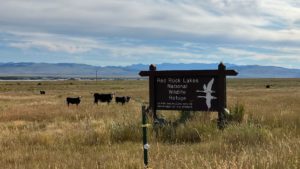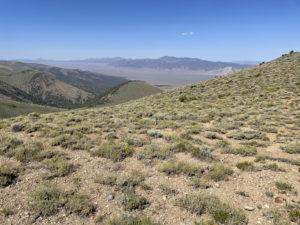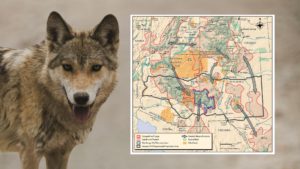The fees ranchers pay for grazing on public lands are shockingly low. As of 2024, the federal grazing fee was set at $1.35 per animal unit month (AUM), which is the amount of forage needed to sustain one cow and her calf for a month. To put this in perspective, grazing fees on private lands can be nearly 20 times higher. This subsidized rate is a relic of outdated policies that prioritize cattle over conservation, and it often fails to cover the administrative costs of managing these grazing programs, let alone the environmental damage they cause.
Direct government expenditures to administer public land grazing constitute an annual net loss to the taxpayers of at least $123 million and more than $500 million when indirect costs are accounted for. As much as 96% of these public dollars are spent to enhance livestock production in direct conflict with legal mandates to restore the health of public lands. For all of this public expense, public lands ranching fails to demonstrate any significant economic contributions to rural economies. Hobby ranchers and corporate entities hold the lion’s share of grazing permits on hundreds of millions of acres of public lands. Most of the rest of public land ranchers rely on service jobs in small towns as their primary source of income. Rural communities support public land ranchers, not the other way around.
The financial and environmental costs are compounded by the fact that the majority of grazing permits are held by a small number of large-scale operators. A significant portion of grazing permits are controlled by corporate entities and wealthy individuals who use public lands as a low-cost resource to maximize their profits. This concentration of permits undermines the original intent of public land grazing programs, which was to support small, family-owned ranches.
In addition, the low grazing fees create a disincentive for ranchers to adopt more sustainable practices. When the cost of grazing is kept artificially low, there is little economic motivation for ranchers to invest in land stewardship or to reduce their environmental footprint. This perpetuates a cycle of degradation and dependency on government subsidies.
Efforts to reform the public lands grazing system have faced considerable opposition from powerful agricultural lobbies and political interests. Proposals to raise grazing fees, reduce stocking rates, or prioritize conservation efforts have been met with resistance, often framed as an attack on rural livelihoods and traditional ways of life. However, without meaningful reform, the ecological and financial burdens of public lands grazing will continue to grow.






